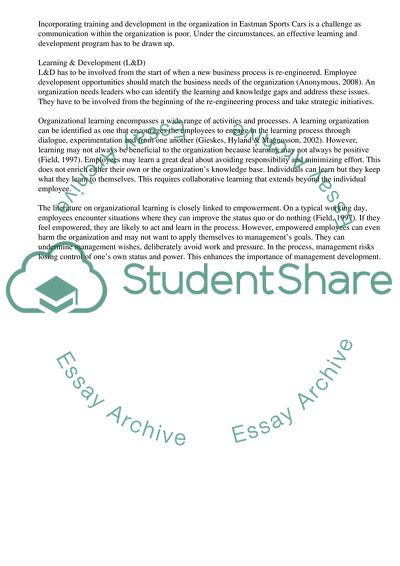Cite this document
(Learning and Development Program for Eastman Sports Cars Case Study, n.d.)
Learning and Development Program for Eastman Sports Cars Case Study. Retrieved from https://studentshare.org/management/1559905-employee-learning-in-organisations-case-study-its-a-report
Learning and Development Program for Eastman Sports Cars Case Study. Retrieved from https://studentshare.org/management/1559905-employee-learning-in-organisations-case-study-its-a-report
(Learning and Development Program for Eastman Sports Cars Case Study)
Learning and Development Program for Eastman Sports Cars Case Study. https://studentshare.org/management/1559905-employee-learning-in-organisations-case-study-its-a-report.
Learning and Development Program for Eastman Sports Cars Case Study. https://studentshare.org/management/1559905-employee-learning-in-organisations-case-study-its-a-report.
“Learning and Development Program for Eastman Sports Cars Case Study”, n.d. https://studentshare.org/management/1559905-employee-learning-in-organisations-case-study-its-a-report.


